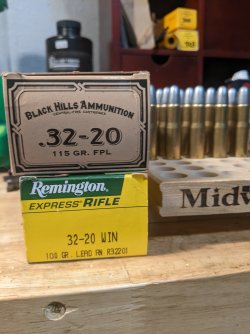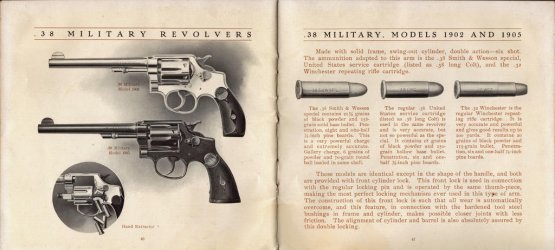I just picked this up from LGS, I know it's a 1905 not sure which variation, I believe it's factory nickel, would like more opinions.
Bore, timing and lockup are excellent, believe it's been in a drawer last 80 or 90 years.
Not sure on the production/ ship date either, any answers are greatly appreciated.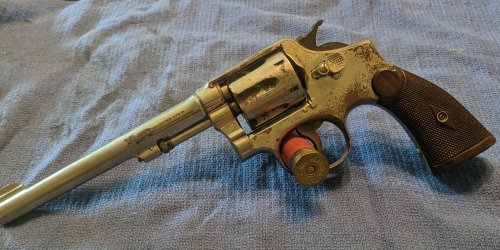
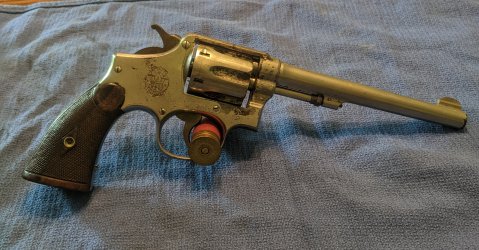
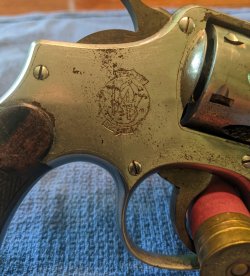
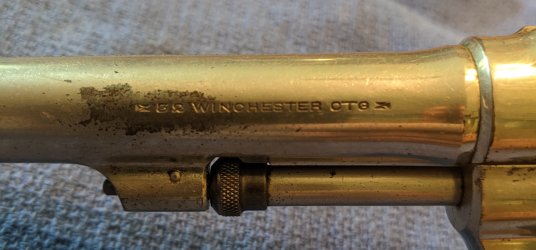
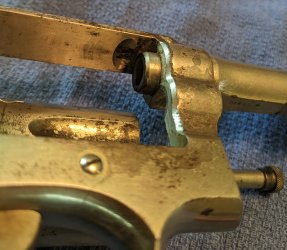
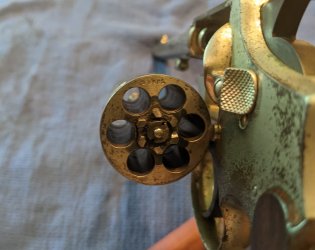
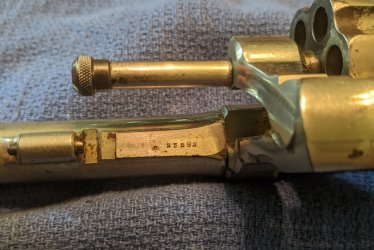
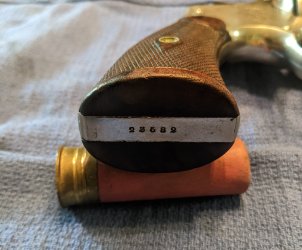
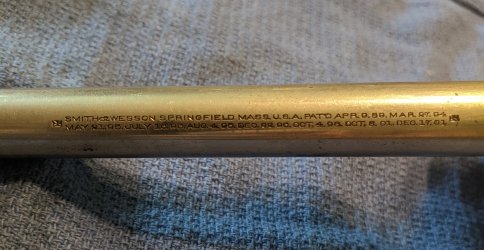
Bore, timing and lockup are excellent, believe it's been in a drawer last 80 or 90 years.
Not sure on the production/ ship date either, any answers are greatly appreciated.










